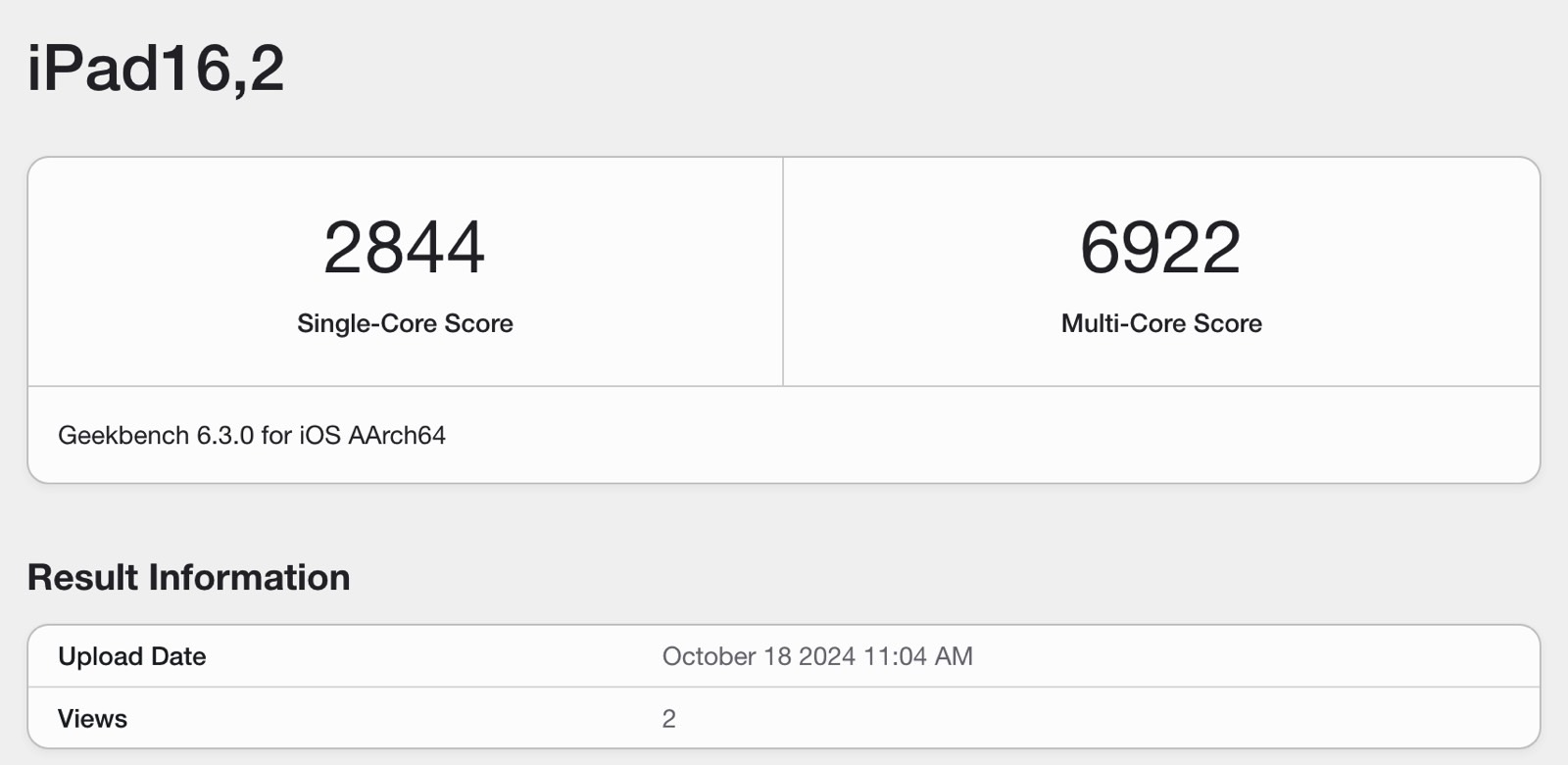The Evolution of Power and Connectivity: Apple’s iPad Mini 7 and Future Tech Innovations
Apple has officially unveiled the highly anticipated iPad Mini 7, a compact tablet that marks a significant leap in performance from its predecessor. Priced at $499, this iteration may resemble the iPad Mini 6 at first glance, but beneath the surface lies a powerhouse, driven by Apple’s A17 Pro chipset, the same architecture that powers the iPhone 15 Pro. This article delves into the benchmarks, performance comparisons, and emerging technology trends that are shaping the world of personal computing.
 The compact and powerful new iPad Mini 7.
The compact and powerful new iPad Mini 7.
The Benchmark Breakthrough
Recent Geekbench 6 scores have revealed that the iPad Mini 7 not only holds its own but stands out in Apple’s tablet lineup. Scoring around 2,800 points in single-core tests and nearly 7,000 points in multi-core tests, it is now the second most powerful tablet after the M4 iPad Pro. These benchmarks underscore the potential of the iPad Mini 7; it’s not merely a small device, but a vital tool suitable for demanding applications across various industries.
A noteworthy detail is that the iPad Mini 7 operates with 8GB of RAM, ensuring seamless multitasking and resource handling. In comparison, the iPhone 15 Pro achieves slightly better scores at 2,900 in single-core and 7,100 in multi-core tests, indicating only a minor performance gap between these devices.
“Apple continues to lead the pack in mobile chipset performance, setting new standards for power and efficiency.”
 Benchmark scores further solidifying the iPad Mini 7’s position in Apple’s product lineup.
Benchmark scores further solidifying the iPad Mini 7’s position in Apple’s product lineup.
The Bigger Picture: 5G and Connectivity
While Apple’s hardware advancements steal the spotlight, there’s a broader conversation surrounding the evolution of connectivity technologies like 5G. As highlighted by industry experts, including Dan Crawford from Cisco, organizations must rethink what connectivity truly means in the era of rapid technological change. He suggests that the integration of complementary technologies, such as Wi-Fi, alongside 5G can unlock exponential value.
The consensus is clear: speed and bandwidth are merely the beginning. Businesses should explore how these innovations converge to create enhanced user experiences. Removing silos and promoting interoperability will enable a more cohesive tech ecosystem, allowing devices to communicate more efficiently.
Innovations in Power Supply
Meanwhile, Asus recently revealed its latest ROG Thor 1600W Titanium III power supply, boasting a breakthrough with its “magnetic OLED” screen—a feature that showcases how modern tech is evolving even in areas traditionally deemed mundane. With the ability to display power draw on either side of the unit, the device emphasizes aesthetics and functionality, appealing to PC enthusiasts who want both form and function.
 Asus’s innovative approach to power supplies reflects changing user expectations.
Asus’s innovative approach to power supplies reflects changing user expectations.
Regardless of the application, whether it’s a powerful tablet, enhanced connectivity, or cutting-edge power supplies, the focus remains on integration and user-centric design. As the landscape of personal tech continues to evolve, products designed to work seamlessly together are likely to dominate.
Real-World Application and Future Predictions
Benchmark scores provide a glimpse into expected real-world performance, but hands-on usage will ultimately determine how well these devices perform in daily scenarios. Apple’s continued investment in chip development, coupled with anticipated advancements such as the iPhone SE 4 running the A18 chip, suggests a future of even greater performance and efficiency at competitive prices.
With these innovations, consumers can look forward to a significant jump in usability across all platforms—from tablets like the iPad Mini 7 to smartphones and personal computing devices. The tech industry is undoubtedly at the onset of a transformative period, driven by powerful hardware and groundbreaking connectivity solutions.
Conclusion
As we ponder the integration of advanced technologies, from Apple’s latest iPads to the emergence of gamified components in PC hardware, one truth becomes increasingly apparent: the future belongs to those who can harness these innovations to enhance everyday experiences. The tech community must stay alert, adapting strategies and solutions that ensure sustainability and usability, helping both businesses and consumers fully embrace the potential of these powerful technologies.
In summary, be it the power of the iPad Mini 7 or the game-changing dynamics of 5G and innovative hardware from brands like Asus, we are witnessing a historic shift that could redefine our interaction with technology. Stay tuned to EMA for continued coverage and insights into the world of tech.
The intersection of various technologies promises a better-connected future.


 Photo by
Photo by 











